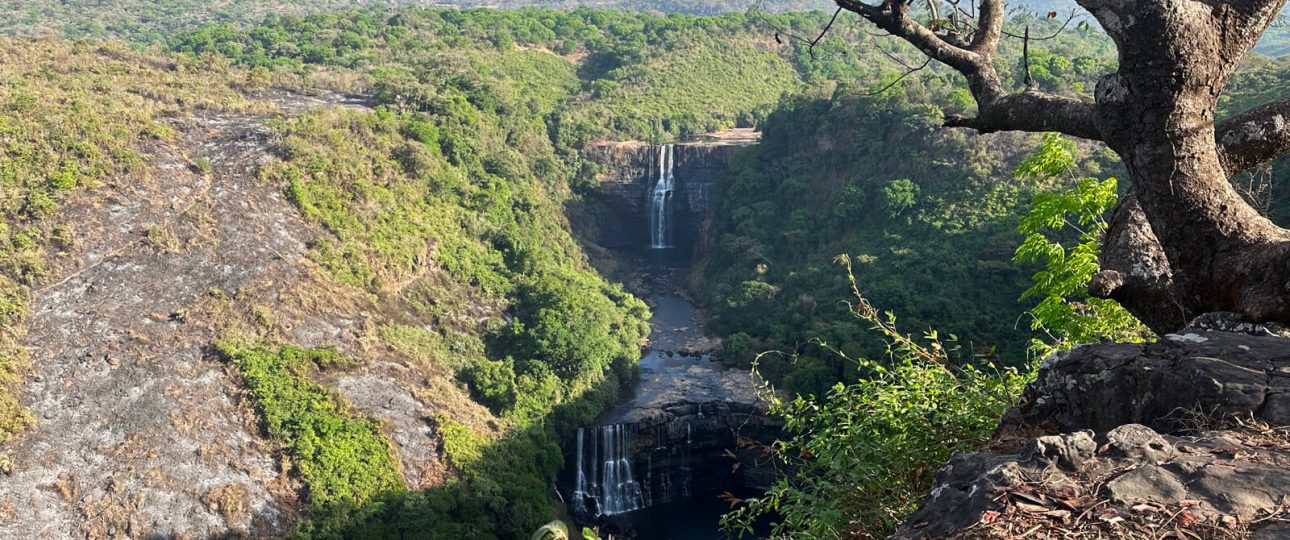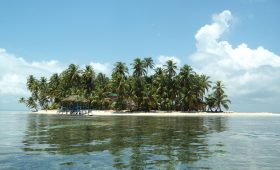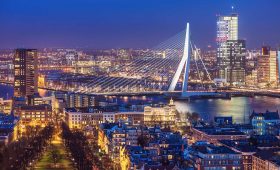The Fouta Djallon Highlands in Guinea
Exploring the Fouta Djallon Highlands
The Fouta Djallon Highlands, located in Guinea, offer a unique landscape of rolling grasslands and deep canyons. This region, with an average elevation of about 900 meters (3,000 feet), is a paradise for hikers and nature enthusiasts. The highest point, Mount Loura, reaches 1,515 meters (4,970 feet), providing stunning views of the surrounding area.
Natural Beauty and Geography
The Fouta Djallon is known for its lush greenery and significant rainfall, making it a crucial water source for West Africa. It is the headwaters for major rivers like the Niger, Gambia, and Senegal. The landscape is shaped by thick sandstone formations and granitic rock, with erosion creating dramatic canyons and valleys.
Cultural and Historical Significance
The region is predominantly inhabited by the Fulɓe people, also known as Fulani, who speak Pular. Historically, the Fouta Djallon has been a center of Islamic learning and culture. It was once a stronghold of the Imamate of Futa Jallon, a federation established in the 17th century. The area is rich in cultural heritage, with traditions preserved over centuries.
When to Visit
The ideal time to visit the Fouta Djallon Highlands is during the dry season, from November to April, when the weather is more favorable for hiking. However, the rainy season, from May to October, offers vibrant landscapes and full waterfalls, though trails may be less accessible.
Getting There
Traveling to the Fouta Djallon Highlands involves flying into Conakry, Guinea’s capital, and then taking a domestic flight to Labé, the largest town in the region. From Labé, local guides or tour groups can assist in exploring the highlands.
Transportation Options
In Labé, shared taxis, known as “bush taxis,” are a common and affordable way to travel between towns and villages. For those seeking adventure, motorbikes and bicycles are available for rent.
Notable Attractions
- Mount Loura: A challenging hike to the summit offers panoramic views of the highlands.
- Dindéfélo Canyon: This natural wonder is a testament to the power of erosion over centuries.
- Labé Market: Experience the vibrant local culture with a variety of produce, handicrafts, and textiles.
Practical Considerations
The Fouta Djallon is primarily rural, with an economy based on agriculture and animal husbandry. Visitors should be prepared for basic accommodations and limited tourist infrastructure. The region’s soils are acidic, affecting agriculture, but the Fulɓe have developed biointensive farming techniques to adapt.




